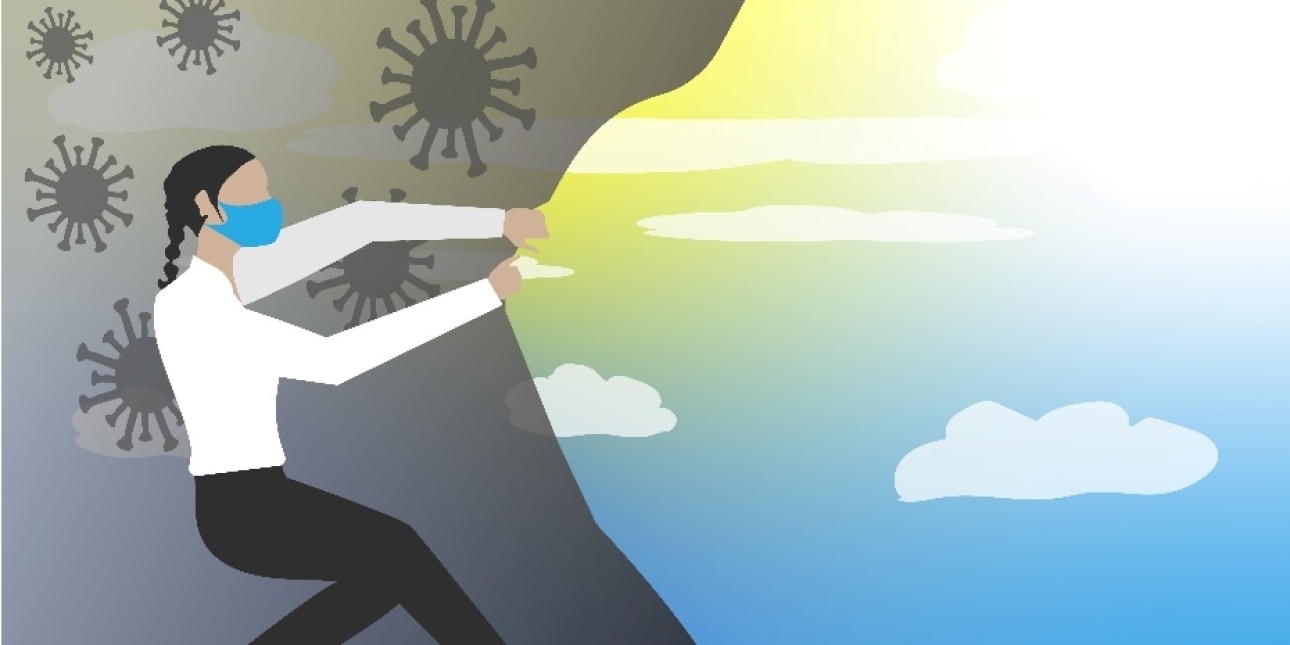PUBLIC RELATIONS
Friday 13th August 2021
Reputation, Responsibility, Adaptibility: PR in a Pandemic
Since 2018 my agency Chalkstream has had the privilege of working with the CIPR on the State of the Profession studies, and this year we managed the PR in a Pandemic research project for the Institute.
More than 1400 practitioners contributed to the study and we produced a series of detailed reports on the outcome. Here are a few findings that I personally found particularly striking.
Comms Dichotomy
The first is how variable the experience of the pandemic has been among public relations practitioners; it is as if we have been working on different planets.
On the one hand, in-house public sector PRs (in particular those with responsibility for health or internal communications) have seen a staggering rise in working hours. On the other, we have seen some independent practitioners and agencies suffer a significant decline in business, hours and income.
There is also a dichotomy in how we have experienced home working; in the past 18 months junior practitioners are more likely to have been required to attend an office for at least part of the week than senior staff. This may relate, in some circumstances, to the suitability (or otherwise) of home working conditions for some junior staff but it also raises questions of equity in the profession.
Have we been fair in the demands placed on junior staff?
Reputation and Responsibility
Secondly, perhaps the most remarkable result of the study is in the dramatic shift in what has been required of the public relations function in many organisations, and the accompanying impact on PR’s reputation and influence, both in-house and among clients.
Demand has propelled public relations into new parts of organisations at greater density, which has had implications for its perceived value. This has, in turn, increased expectations of the function, in particular in demonstrating impact.
The challenge for public relations is how it consolidates and capitalises on this stronger reputation.
I am also personally intrigued by the extent to which practitioners expect the future to look like the recent past, despite the fact that this is highly unlikely. We tend to project our personal experiences onto our expectations for the profession.
For example, a significant proportion of in-house public sector PRs expect their working hours to grow even more and think they will to be engaging in more crisis communication over the next year. This is puzzling, given the volume in which they are already engaged and the fact that we are supposed to be emerging into a quieter operating context.
It appears that we may not be entirely realistic when considering the future and this has ramifications for strategic planning and resource allocation.
Adaptability
Finally, the results are testament to one of the strengths of public relations practice – its responsiveness and resilience. It is very clear from the results that in-house and agency teams quickly shifted resources in 2020 according to the demands generated by the pandemic – in particular in engaging with remote workforces, delivering issues and crisis communication and mapping and responding to changing stakeholder landscapes.
It will be fascinating to see how those demands change over time.
My own prediction is that demonstrating impact through effective evaluation and measurement will become even more important for employers and clients – with greater reputation comes more rigour.
Then again, perhaps I should shy away from predictions, given how this study shows we do not appear to be the most reliable forecasters...
You can find the CIPR's PR in a Pandemic report here.

